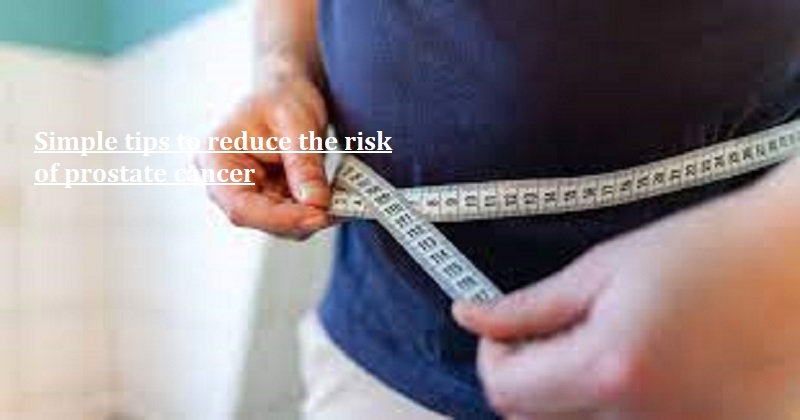
Prostate gland is an integral part in the reproductive system of men. It is situated below the urinary bladder. Prostate gland helps in the production of seminal liquid. The prostate gland is responsible for producing semen and it surrounds the urethra, which is the tube that carries urine from the bladder out of the body.
Prostate cancer is a type of cancer that develops in the prostate gland. Prostate cancer typically grows slowly and doesn’t spread beyond the prostate gland, but in some cases, it can spread to other parts of the body, especially if it is not detected and treated early. As per studies, prostate cancer is more common in men above 65 years of age. Now it is increasing in younger people.
The exact cause of prostate cancer is unknown. Several risk factors increase a man’s chances of developing the disease. These factors include age, family history of prostate cancer, ethnicity, obesity, and exposure to certain chemicals.
The symptoms of prostate cancer include difficulty urinating, frequent urination, blood in the urine or semen, pain in the lower back, hips, or thighs, and erectile dysfunction.
Also Read: Everything you need to know about food allergy and food intolerance
Healthy habits that can help lower the risk of prostate cancer:
1. Workout regularly: Exercise lowers inflammation, and boosts immunological function.
2. Eat more fruits and veggies: Fruits, and vegetables are packed with vitamins and nutrients that are thought to lessen the risk of prostate cancer.
3. Maintain a healthy weight: A body mass index (BMI) of 30 or greater indicates obesity in men, which may raise their risk of prostate cancer.
4. Seek medical advice: Talk to your doctor if you believe you have a high risk of prostate cancer.
5. Increase vitamin D intake: Vitamin D intake can aid in preventing many different illnesses, including prostate cancer. Cod liver oil, wild salmon, and dried shitake mushrooms are some foods high in vitamin D. Many experts advise receiving 10 minutes of daily sun exposure (without sunscreen) because it is a better and more accessible source of vitamin D.

Post Your Comments